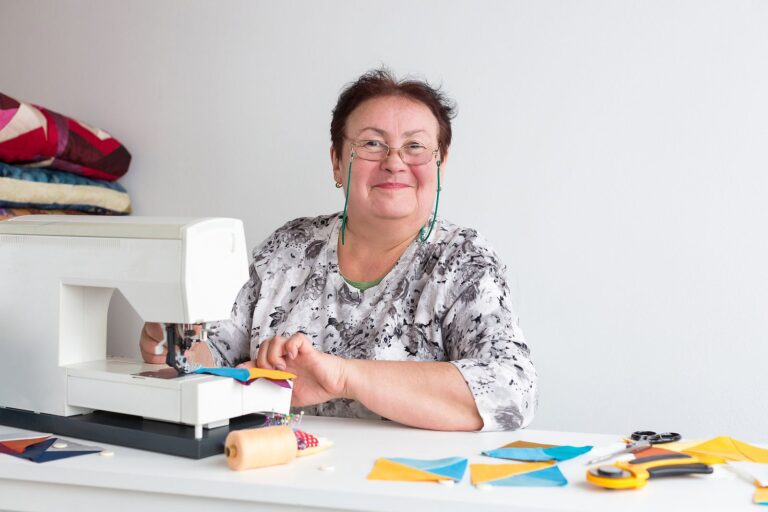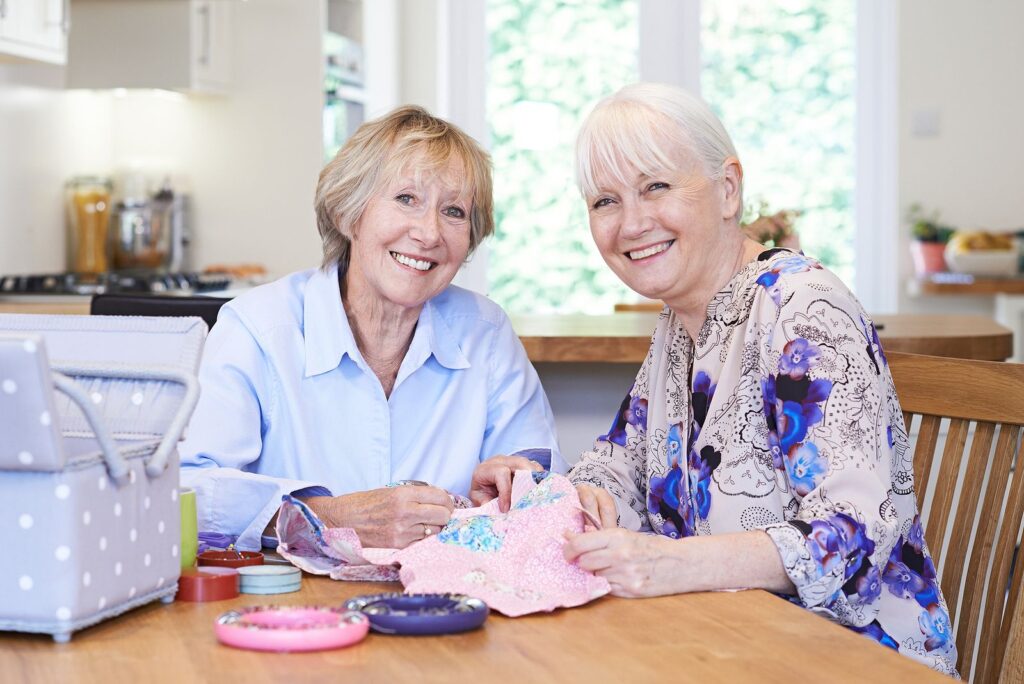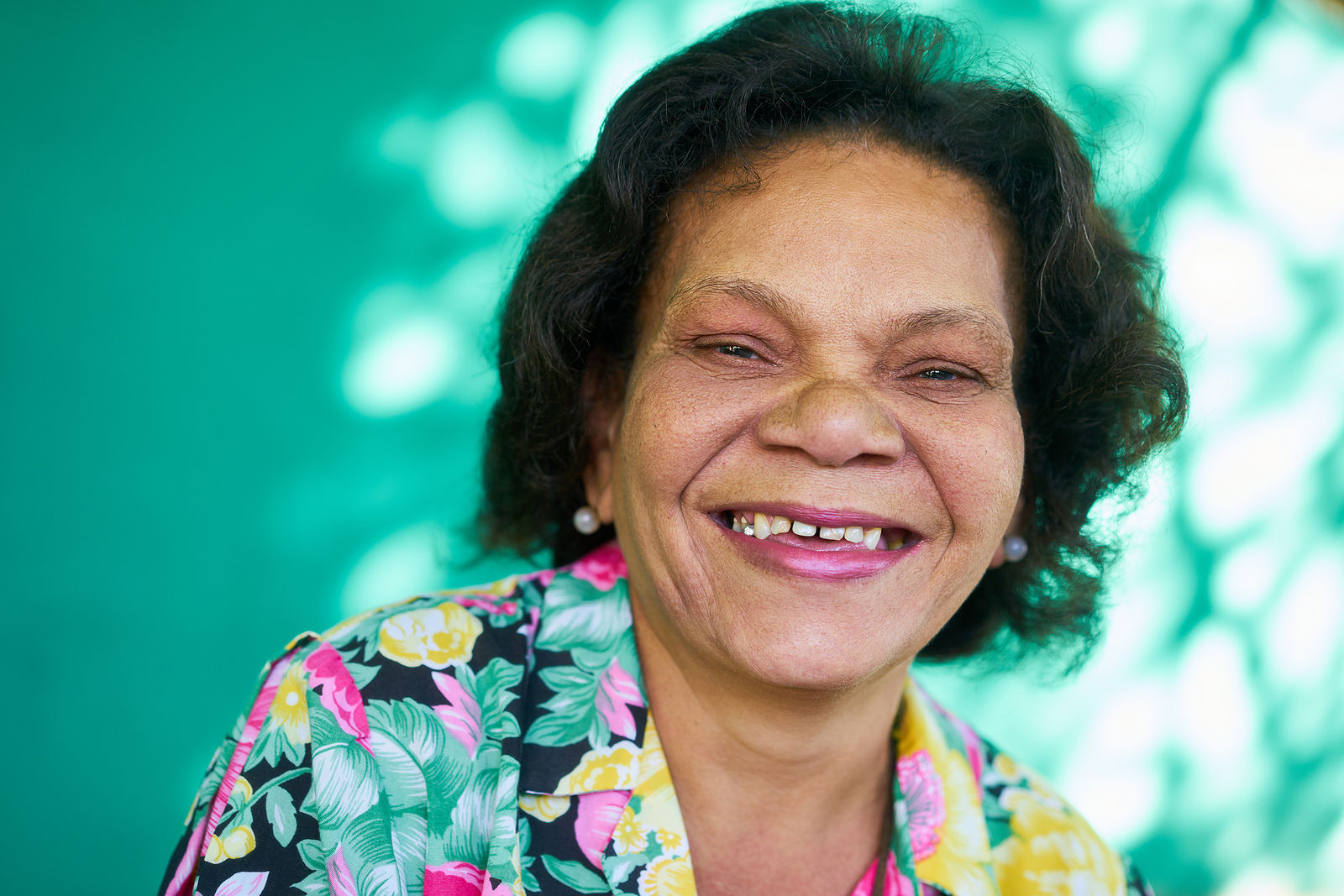
Quilting Tips for Beginners
If you’ve never made a quilt yourself, you’ve probably wrapped yourself up in a one over the years. Many families have treasured, handmade quilts that have been passed down by relatives and tell stories of the past. These family heirlooms are works of art that express love and caring.
What is a quilt exactly? A traditional quilt is made up of a decorative top layer of fabric, a bottom layer of basic fabric, and a middle layer of stuffing, called batting or wadding. The top layer of a quilt is often crafted from many different pieces of fabric stitched together into complex patterns. All three layers are joined together with quilting stitches or string ties.
Quilting is a popular activity for all ages. It can be especially beneficial as we age. Why? Well, basically because it is a good workout for the brain and the fingers. It utilizes the entire brain, both the creative side and the analytical side. It requires hand-eye coordination, finger strength, and dexterity.
A few helpful tips for beginners…
- Take a quilting class. Most craft stores and local quilting shops offer quilting classes for beginners that will help you learn and improve your skill. You can also find online classes and “how-to” videos.
- Consider starting out with a quilt kit. Quilt kits provide pre-cut or ready-to-cut pieces of fabric that you sew together. A kit can save you lots of time as well as the trial and error that comes with measuring and cutting fabric yourself.
- Use simple patterns. Quilt patterns come in all kinds of shapes and levels of difficulty. A simpler pattern that uses large, basic shapes – like rectangles and squares – will require less cutting and come together faster. Remember, there is beauty in simplicity.
- Stick with the same type of fabric. When starting out, it’s usually best to use the same kind of fabric throughout the quilt. Mixing up fabric types can complicate the process and design. Cotton and linen are easy to work with when it comes to construction.
- Create a quilting workspace. Find a spot in your home that you can dedicate to quilting. You’ll need a table with room for cutting and sewing as well as some space on the floor to lay out your creation as you work. Good lighting is also essential.
- Don’t be too hard on yourself. You will make mistakes, but often errors can actually enhance the finished product. Your quilt is a form of personal creative expression. You want it to be unique and not too uniform or too “perfect.” Imperfections are signs that the quilt was made by hand.


Age Adds Flavor
We are not old, we are seasoned!
Don’t forget to visit us on FACEBOOK!
